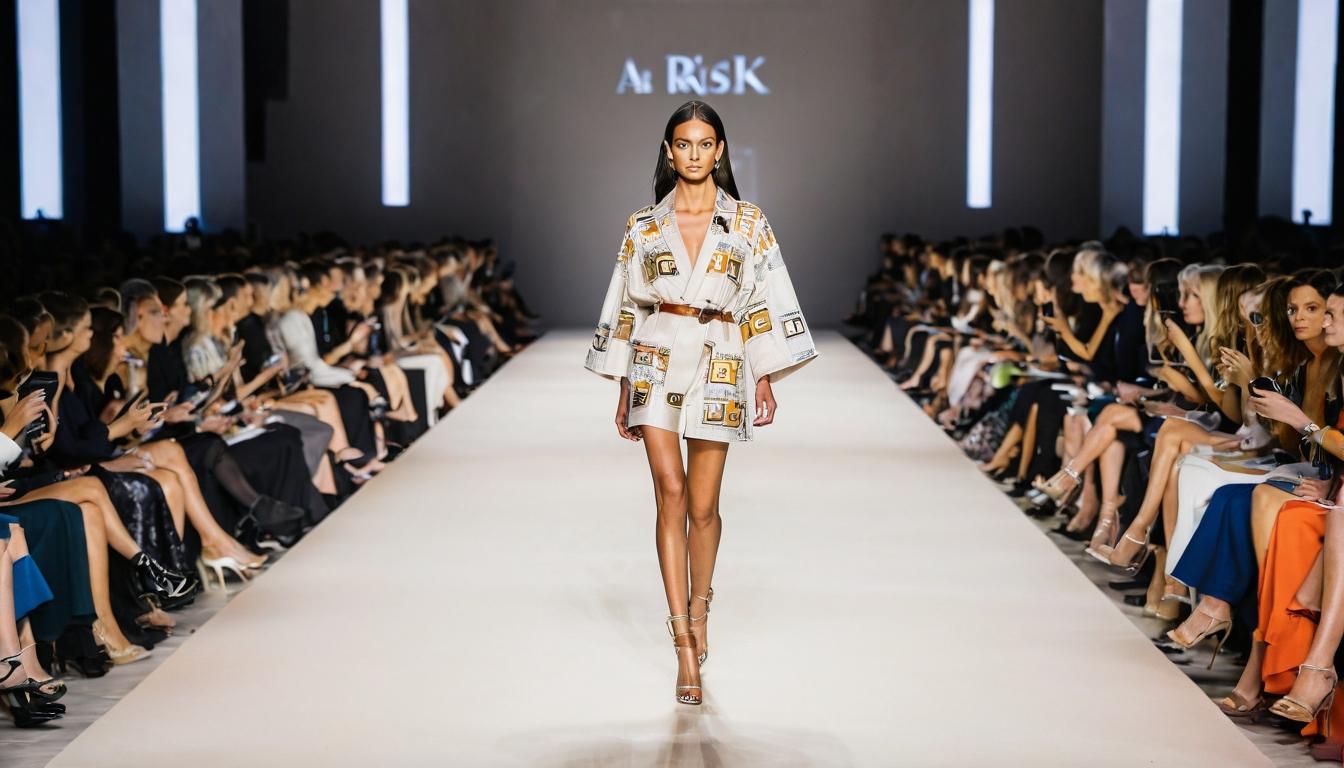In the hushed ateliers of Paris and Milan, a seismic shift is occurring that most consumers will never see. While fashion headlines chase celebrity collaborations and viral TikTok moments, the real transformation is happening behind the velvet curtains, where centuries-old luxury houses are quietly dismantling their most sacred traditions. This isn't about hemlines or color palettes—it's about the very soul of luxury fashion rewriting its DNA.
Walk into any major fashion house today, and you'll find artisans who once spent decades perfecting a single craft now training artificial intelligence systems. The master embroiderer who could identify 200 different thread types by touch now feeds her knowledge into databases. The leather specialist who could date a hide by its scent teaches machines to recognize quality markers invisible to the human eye. This isn't replacement—it's preservation on a scale never before possible, creating digital libraries of craftsmanship that might otherwise disappear with retiring masters.
The sustainability conversation has moved beyond organic cotton and recycled polyester into far more radical territory. Luxury brands are now investing in laboratory-grown materials that mimic exotic skins without the ethical complications. Imagine crocodile leather cultivated from cells, or silk proteins brewed in vats. These aren't distant fantasies—they're happening now in secret facilities from Switzerland to Singapore, where biologists work alongside traditional craftspeople to create the impossible.
Meanwhile, the traditional fashion calendar that has governed the industry since the 1940s is collapsing under its own weight. The breakneck pace of six collections per year has left designers burned out and creativity depleted. Now, houses are experimenting with slower, more meaningful releases that prioritize artistry over volume. Some are returning to single annual collections, while others are creating ongoing narratives that evolve throughout the year like television series rather than seasonal drops.
The relationship between luxury brands and their customers is undergoing its own quiet revolution. The era of exclusive boutiques and impenetrable price barriers is giving way to more democratic access points. High-end houses are creating entry-level workshops, behind-the-scenes tours, and educational programs that build relationships rather than just moving product. They're recognizing that tomorrow's loyal customer might start with a $200 scarf today rather than a $10,000 handbag.
Perhaps most surprisingly, the digital transformation of luxury fashion isn't about chasing the metaverse or NFT hype. The real innovation is happening in supply chain transparency, where blockchain technology allows customers to trace their garment's journey from raw material to finished product. This level of visibility was unimaginable even five years ago, but now consumers can scan a QR code and see exactly which artisans handled their purchase, what materials were used, and even the carbon footprint of its creation.
The psychological contract between luxury brands and their customers is being rewritten too. Where exclusivity once meant keeping people out, it now means creating deeply personal experiences for those who enter. Customization has moved beyond monograms into truly bespoke creations where customers collaborate directly with designers through digital platforms. The result is clothing that fits not just bodies but identities, with stories woven into every stitch.
This transformation extends to retail spaces themselves, which are evolving from temples of commerce into cultural hubs. The latest flagship stores feature art galleries, restaurants, and performance spaces alongside their merchandise. They're becoming destinations rather than mere shopping locations, places where people might spend an afternoon without ever making a purchase but building a relationship with the brand nonetheless.
The workforce within these houses is changing too. Where fashion once prized youth above all else, there's new appreciation for the wisdom of experience. Retired masters are being brought back as consultants, their knowledge preserved and passed to new generations. The industry is finally recognizing that true luxury requires both innovation and tradition, and that balance comes from honoring both the new vision and the old wisdom.
What emerges from this quiet revolution is a luxury landscape that's more sustainable, more personal, and paradoxically, more authentic in its embrace of technology. The future of high fashion isn't about abandoning its heritage but about building bridges between centuries of craftsmanship and the possibilities of tomorrow. It's a future where the value lies not just in what you wear, but in the story behind it—and that story is becoming richer, deeper, and more transparent than ever before.
The quiet revolution reshaping luxury fashion from the inside out

